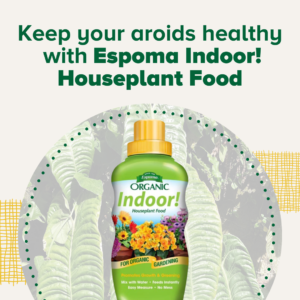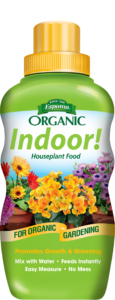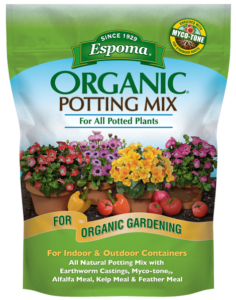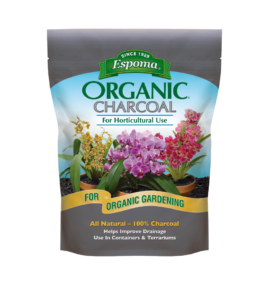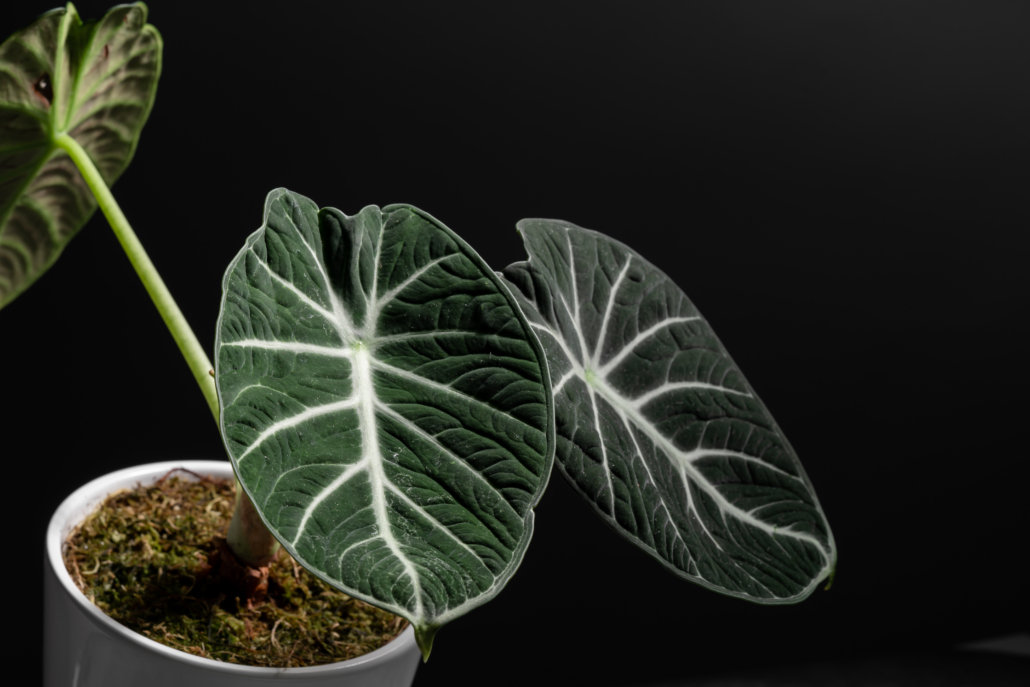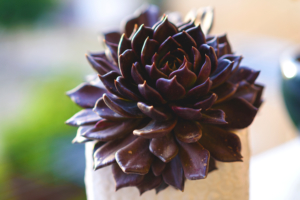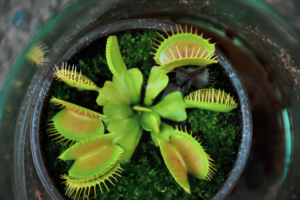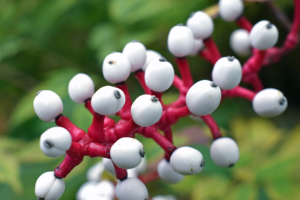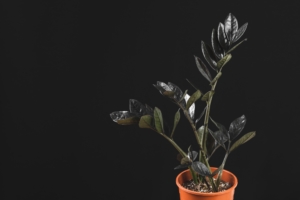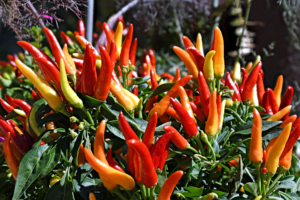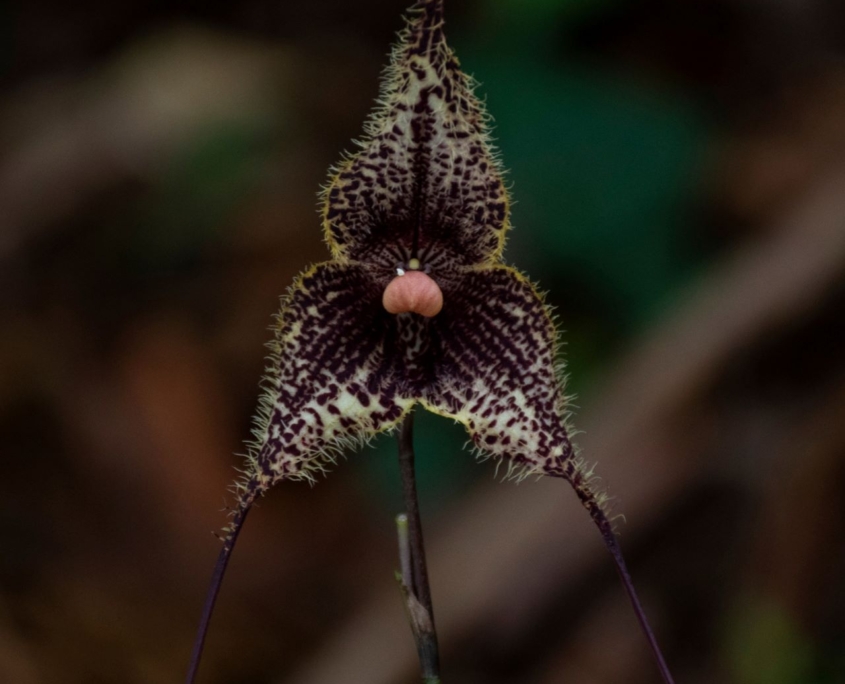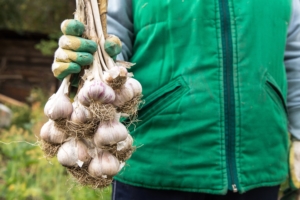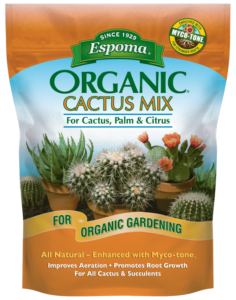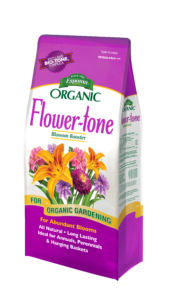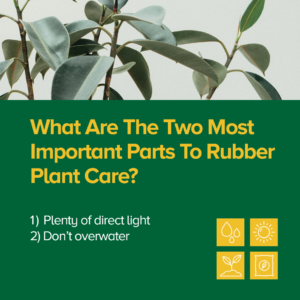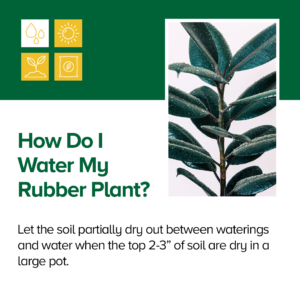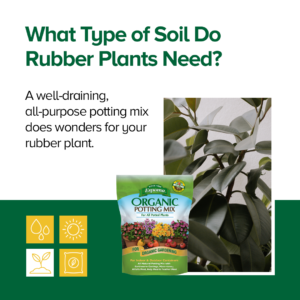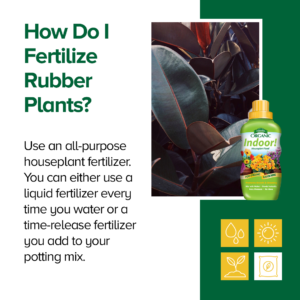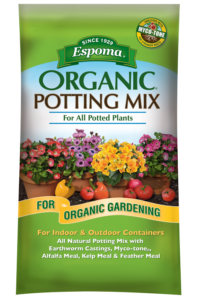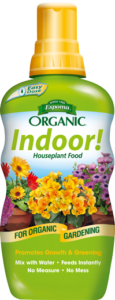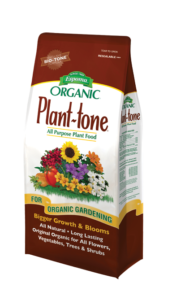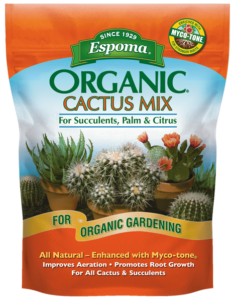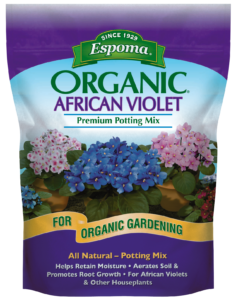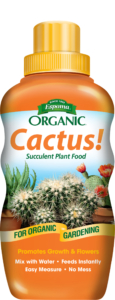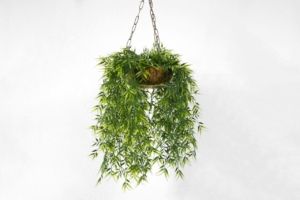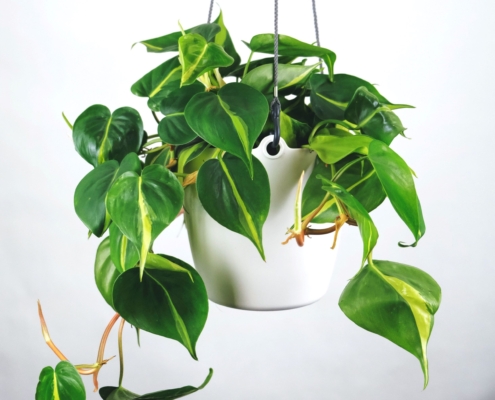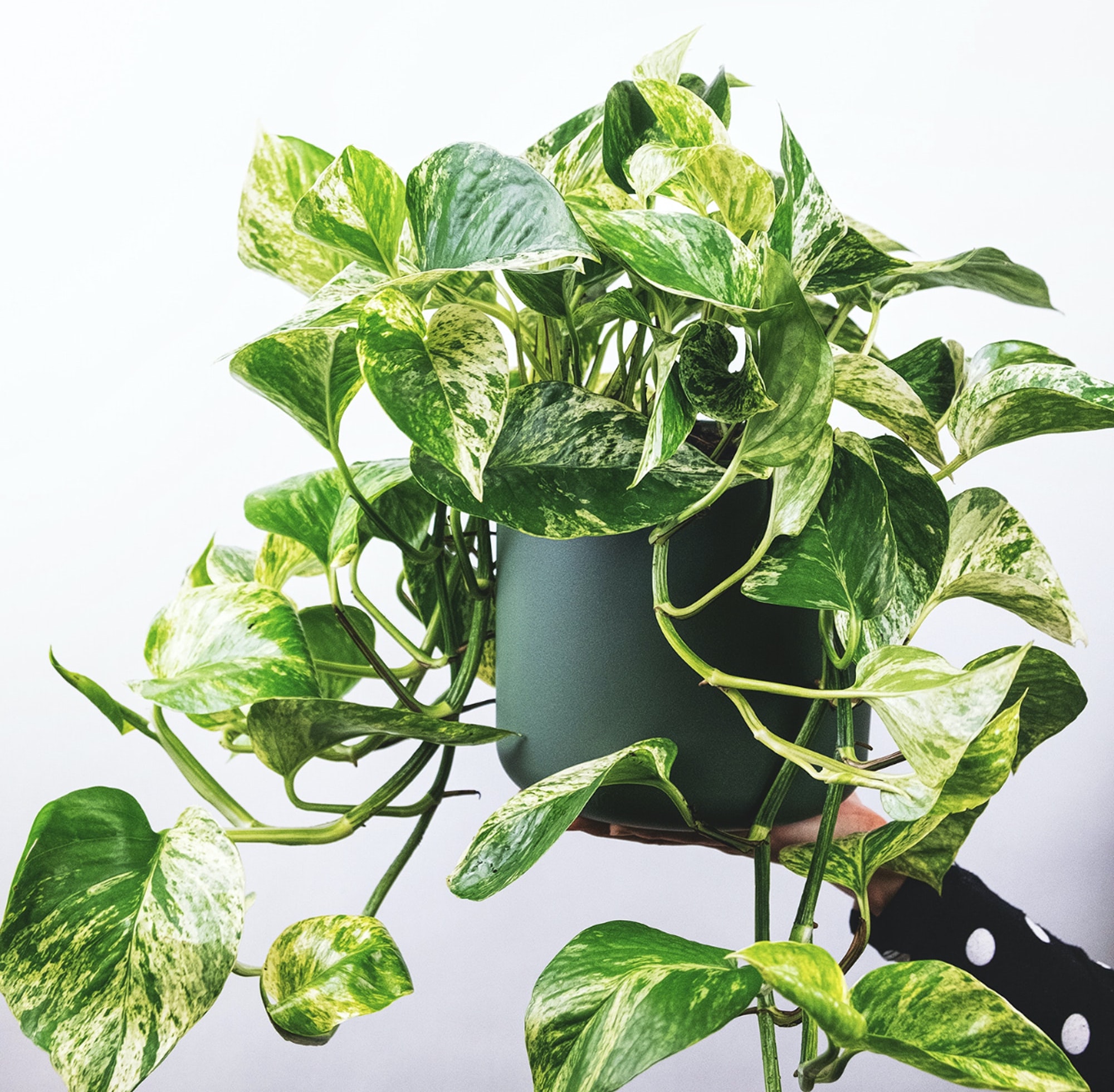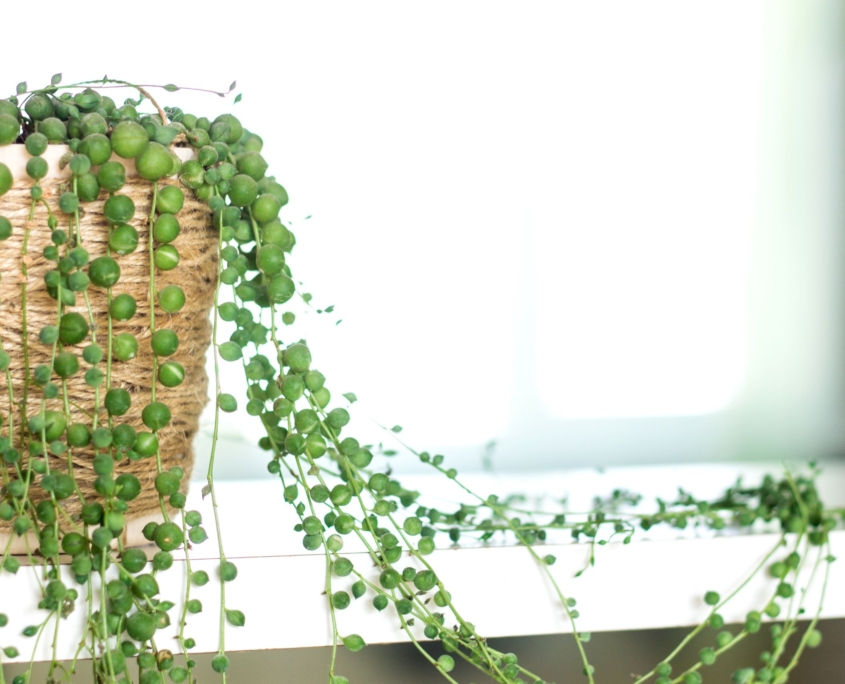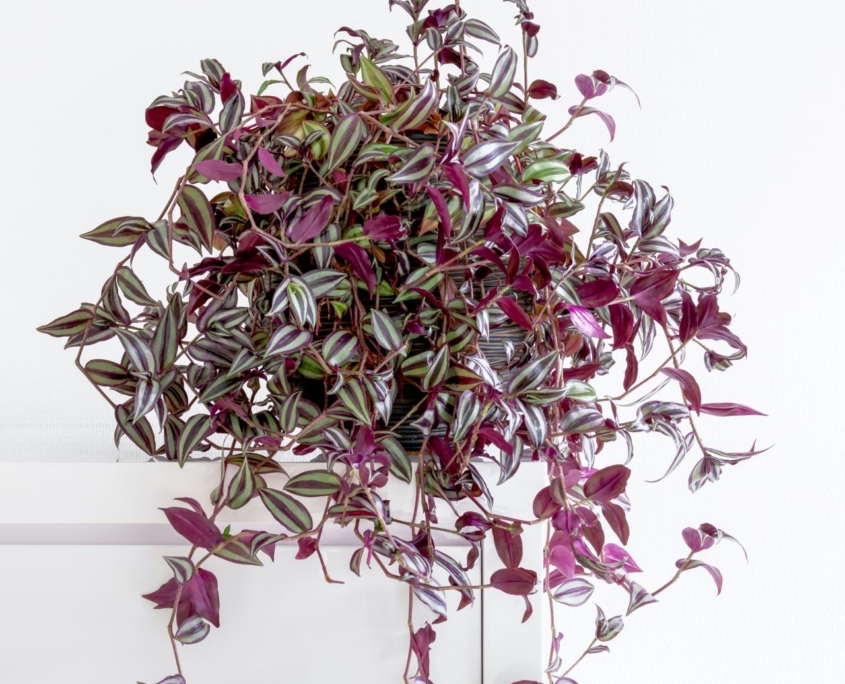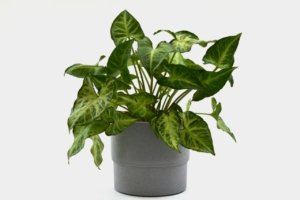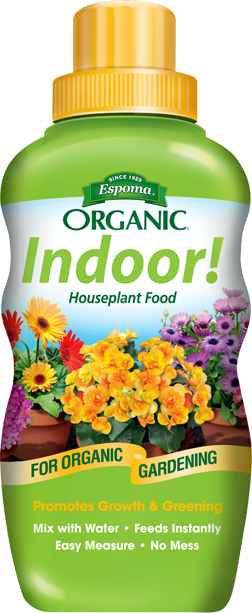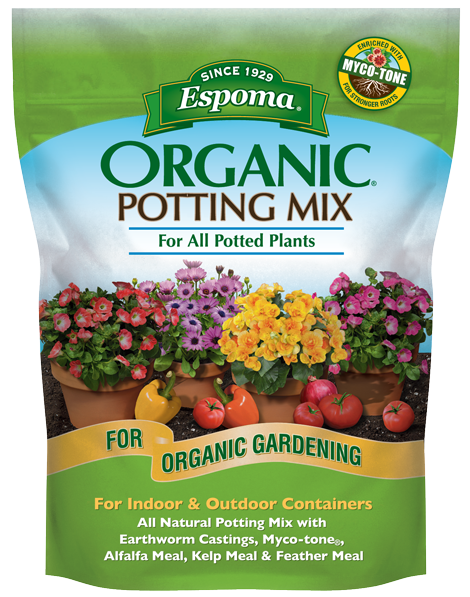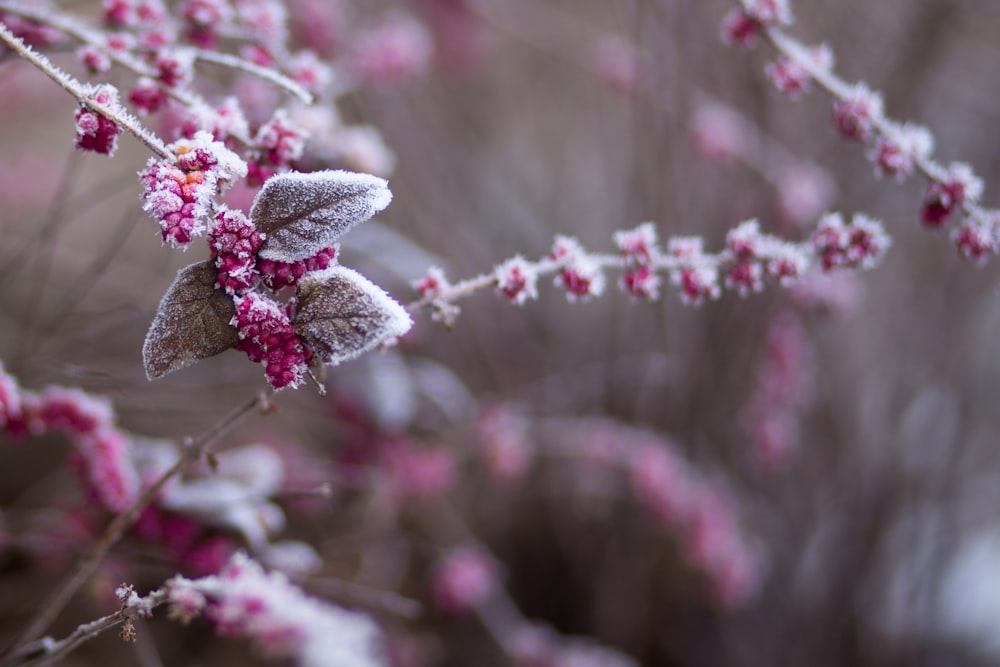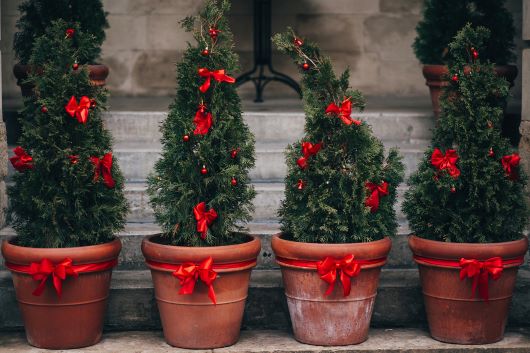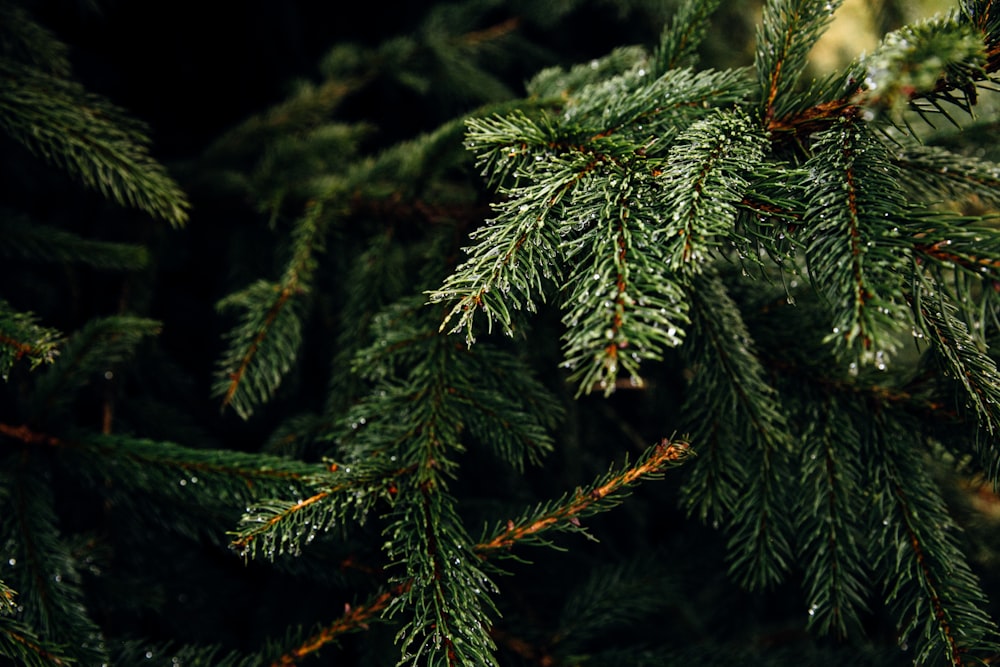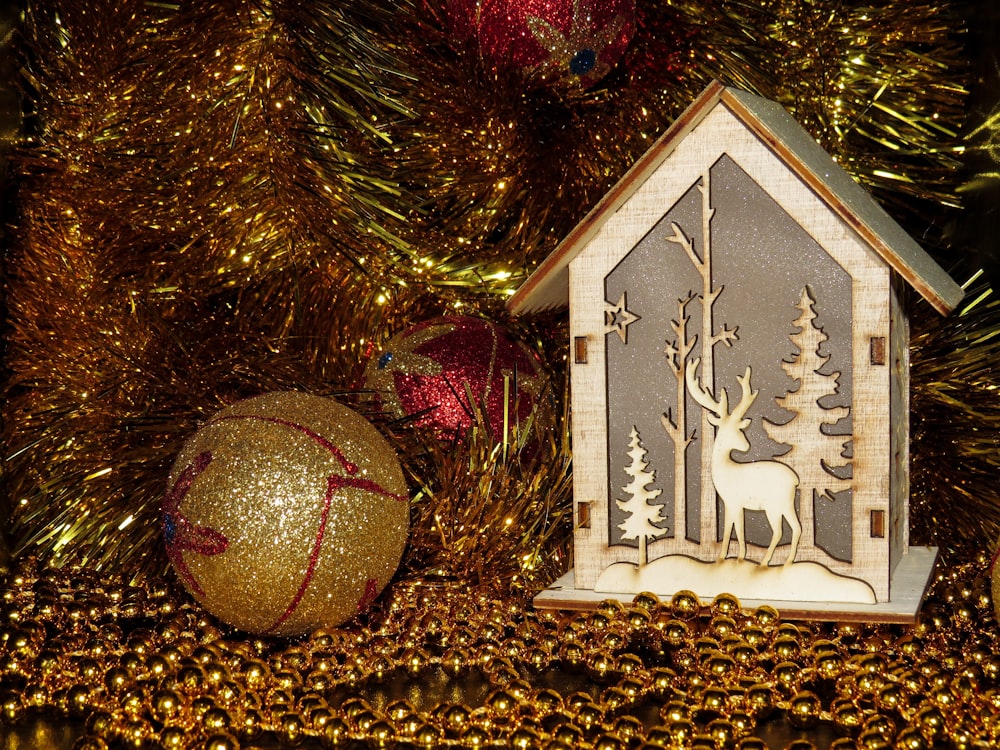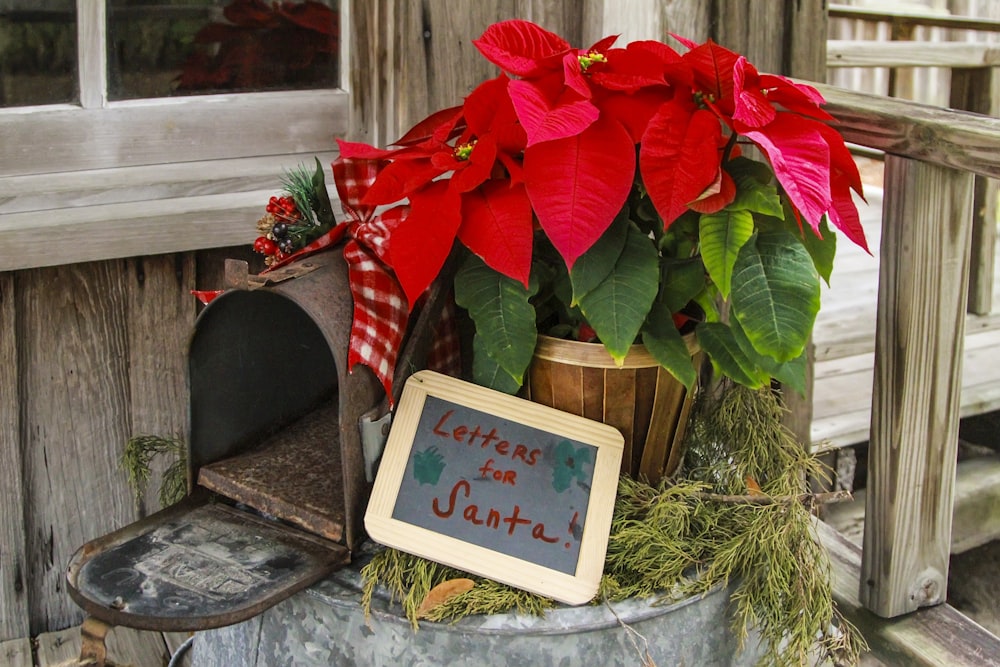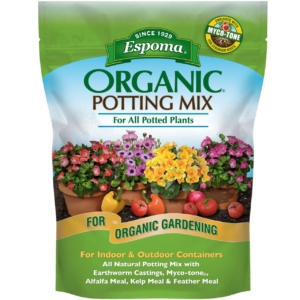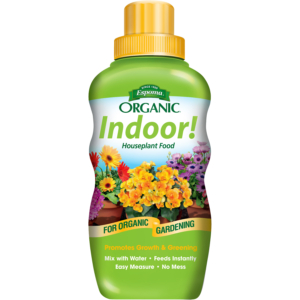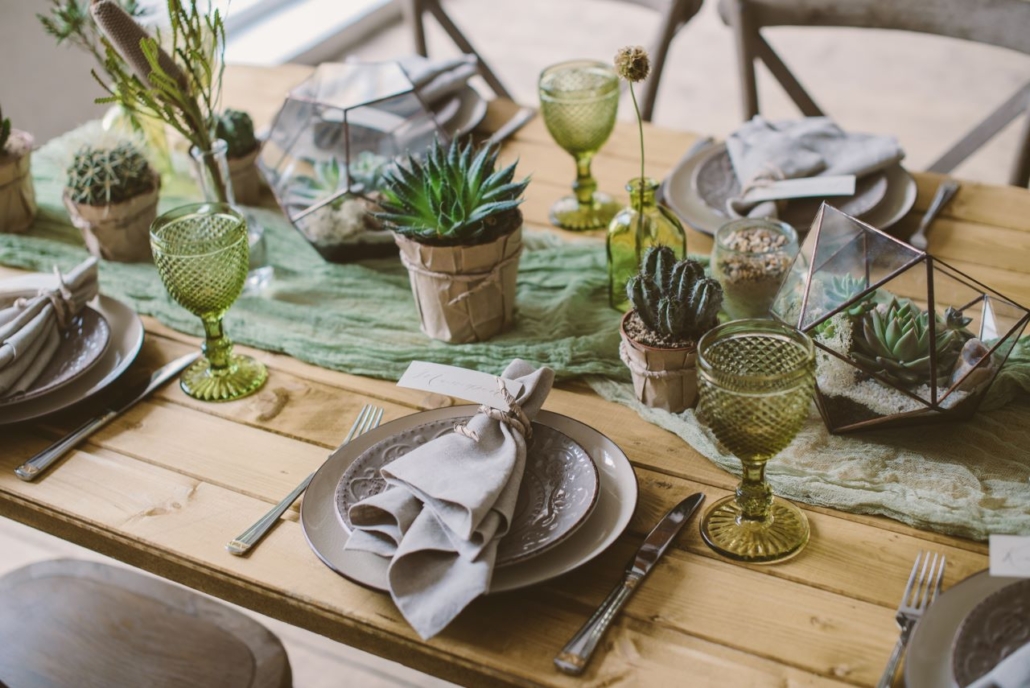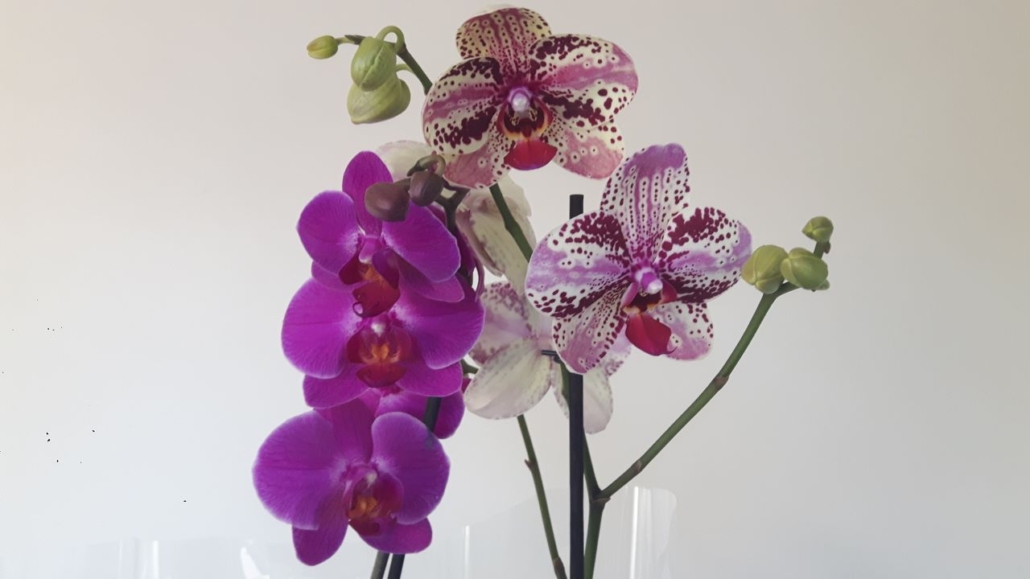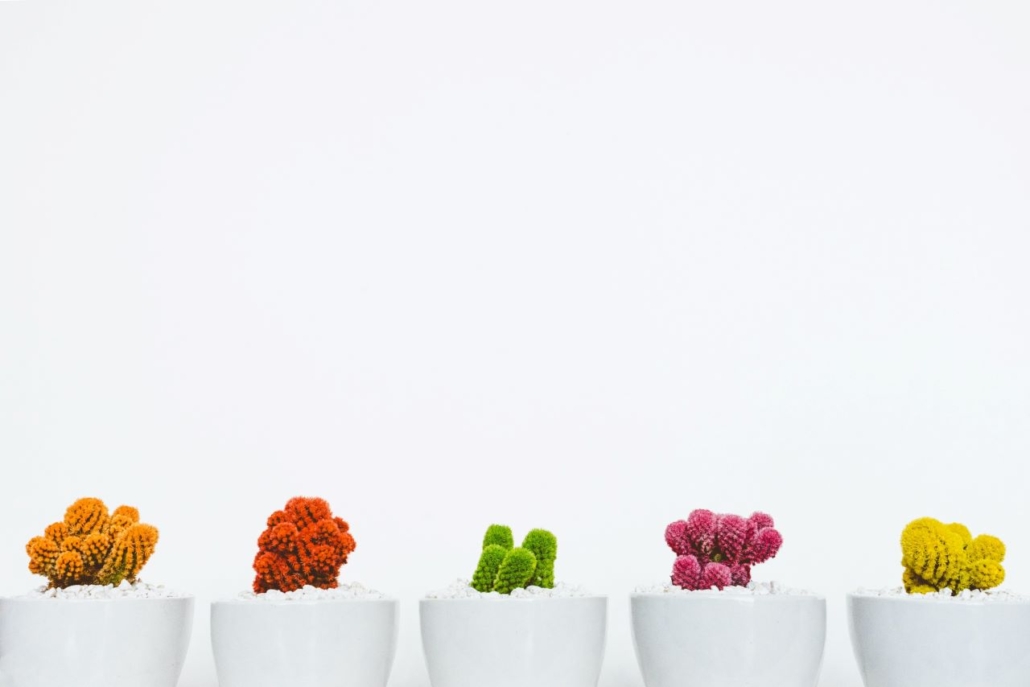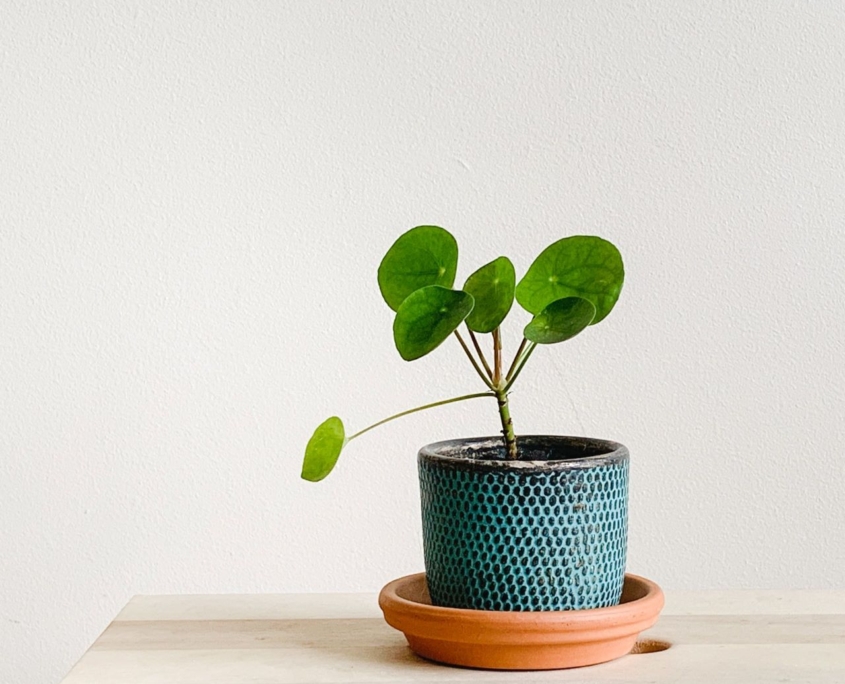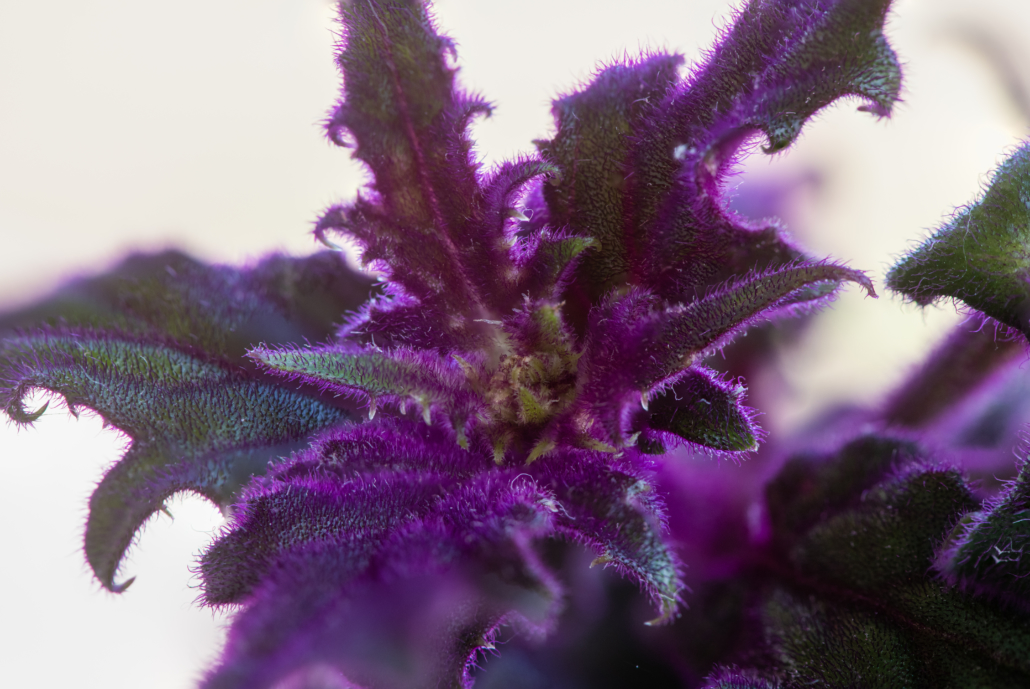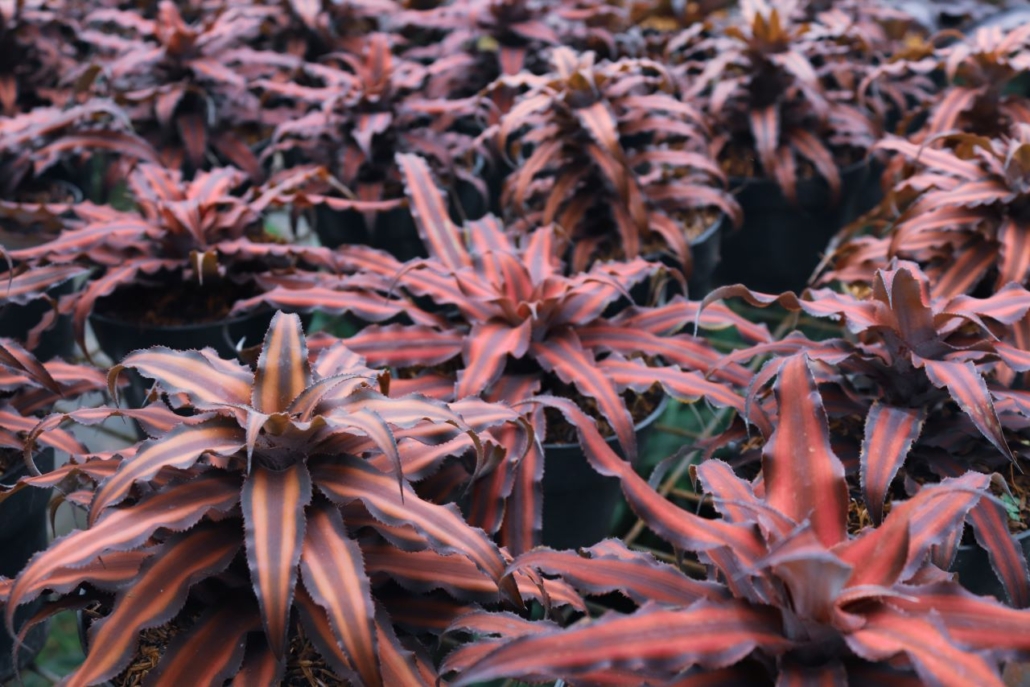Popular Aroids to Add to Your Collection
This blog is inspired by Episode 153 of Bloom and Grow Radio Podcast, where host Maria Failla interviewed Enid Offolter, owner of NSE Tropicals.
Aroids have always been fascinating with their different leaf shapes, structures, and textures, so it’s no surprise that this set of plants are blooming into popularity. In this blog we discuss five popular and unique aroids to add to your collection. This blog is definitely geared towards you curious-collector plant parent types out there, so let’s dive in!
What Are Aroids?
Aroids are in the family Araceae, which includes many common houseplants like philodendrons, anthuriums, monsteras, ZZ plants, and pothos. Many of these are “moderate light” plants indoors, mimicking their natural growing conditions as understory plants outdoors. To learn more about aroids check out our blog, “What’s An Aroid?”
Why Are Aroids So Popular?
Aroids grow well indoors, which helps their popularity because plant parents can grow them easily. They are surprisingly hardy and difficult to kill. Most aroids are also easy to propagate and share with other plant lovers. They come in many different forms too: big round leaves that give you a tropical look, skinny leaves, and three-inch tall all the way up to three-feet tall aroids.
Now that you’ve learned a bit about aroids, let’s jump into 5 unique aroids that would be great additions to any plant collection.
5 Popular & Unique Aroids
Unique Aroid #1: Philodendron tortum
Philodendron tortum has long, skinny leaflets that look similar to a fern and prefers to climb. New growth emerges like a corkscrew and plants can grow about 18 inches to two-feet tall. It’s a fascinating philodendron that adds interesting textures to your collection.
Being pretty easy to care for, Philodendron tortum doesn’t create much drama or stress. It prefers indoor light conditions at mid-range to bright light with well-draining soil.
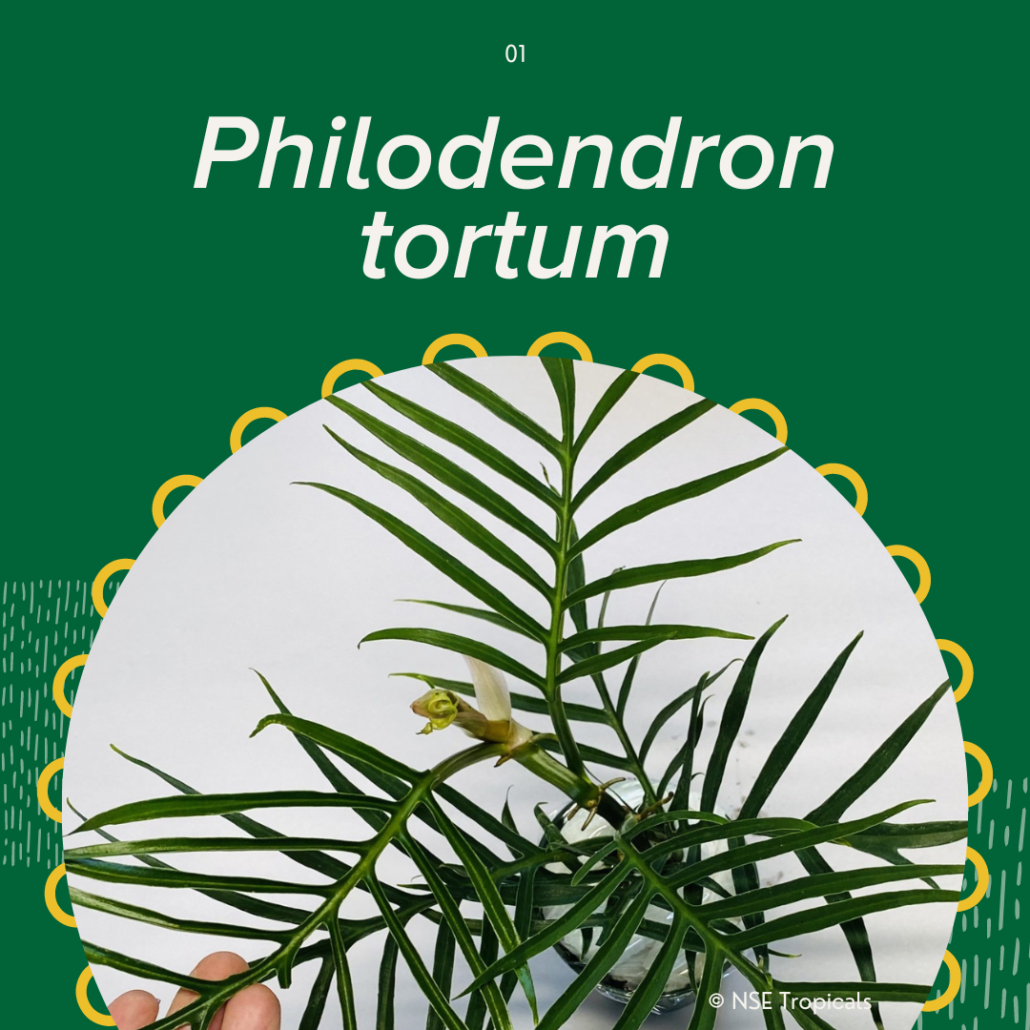
Unique Aroid #2: Philodendron bernardopazzii
Next up is Philodendron bernardopazzii with its glossy green leaves and lighter veins down the center. Long, narrow leaves can grow up to three feet in a large enough environment, and form a slender heart shape. The stems also have a bit of red in them.
Philodendron bernardopazzii is another aroid that’s easy to care for. Give it something to climb for support and it will be even happier. It prefers mid-range to bright light and well-draining soil.

Unique Aroid #3: Anthurium veitchii
Anthurium veitchii has a long leaf that’s corrugated with ribs all the way down its heart shape. Leaves are about eight-inches wide and can grow up to five-feet long in a beautiful shade of green.
Its care can be slightly more difficult than the previous two aroids. It needs more humidity than philodendrons and better placement. Because it can grow long, try growing Anthurium veitchii in a hanging basket or on top of a pedestal. It can get by on a little less light than the above philodendrons, but still prefers medium light. Make sure you plant it in well draining soil.
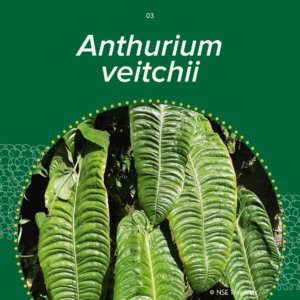
Unique Aroid #4: Anthurium ‘Selby’s Silver’
Anthurium ‘Selby’s Silver’ is named in honor of Selby Botanical Gardens in Sarasota, Florida. This aroid can grow in much smaller pots with its small, clumping leaves. It stays relatively normal in size with leaves about three-inches long. Its new leaves are reddish, so you’re likely to have all different color leaves growing at the same time.
Anthurium ‘Selby’s Silver’ is another that’s a bit more delicate than a philodendron. Opt for a well-draining soil like our Organic Potting Soil Mix combined with our Organic Charcoal to add even better drainage. These aroids prefer a decent amount of humidity and medium light as well.
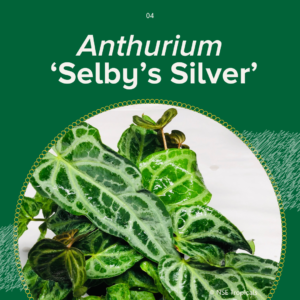
Unique Aroid #5: Philodendron distantilobum
And finally we have Philodendron distantilobum. This climbing aroid has a similar leaf shape to Philodendron tortum, but much wider. New growth also has the corkscrew curl as well. Provide some extra support for this climber, since it attaches to structures as it grows.
Similar to the other philodendrons, medium to bright light and well draining soil is preferred.
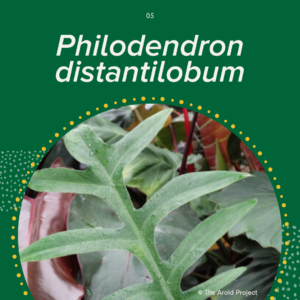
*****
Want to know more about aroids and unique houseplants? Check out Enid Offolter’s new book, Welcome to the Jungle: Rare Tropical Houseplants to Collect, Grow, and Love.
About Bloom & Grow Radio Podcast
Bloom & Grow Radio Podcast helps people care for plants successfully and cultivate more joy in their lives. Host Maria Failla, a former plant killer turned happy plant lady, interviews experts on various aspects of plant care, and encourages listeners to not only care for plants, but learn to care for themselves along the way.
About Our Interviewee
NSE Tropicals is well known for its large selection of hard-to-find anthuriums, philodendrons, and other unusual plants. Their online store is dedicated to bringing the odd, unusual, rare, exotic or seemingly unattainable to fellow collectors.
Enid Offolter of NSE Tropicals just released her new book, Welcome to the Jungle: Rare Tropical Houseplants to Collect, Grow, and Love. This book is all about unusual aroids and how to care for them. It profiles 50 plants that aren’t so common in the plant trade and you certainly won’t find at big box stores.
Follow Enid & NSE Tropicals:
Featured Products:

